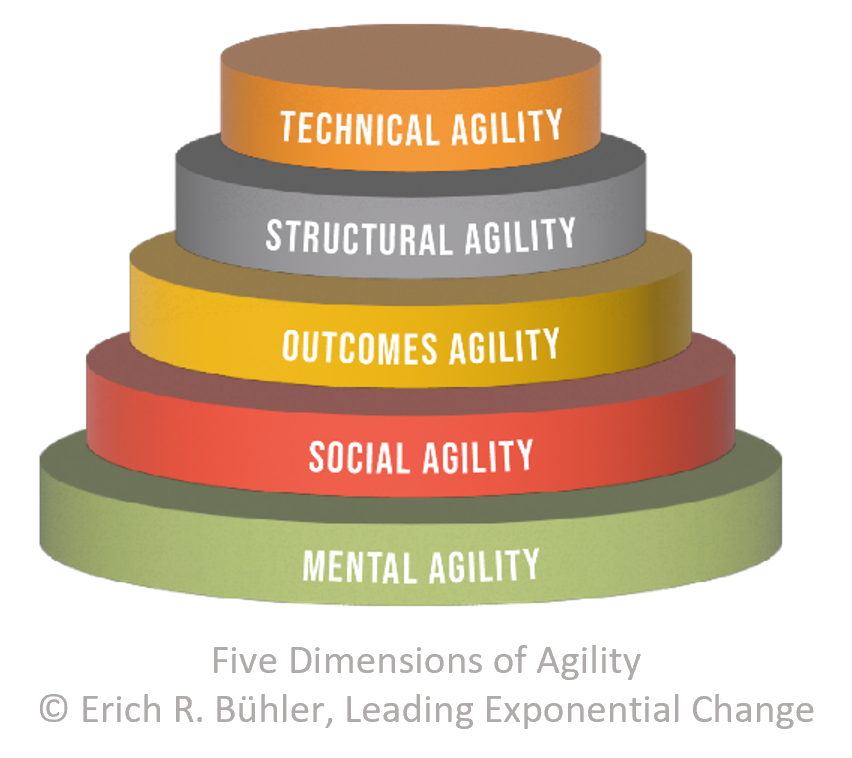This implies changing the organization's structures and procedures by running experiments while minimizing the impact on organizational health. It involves creating an environment that supports experimentation, innovation, and continuous improvement while safeguarding the business's overall health.

Structural Agility recognizes that traditional organizational structures and processes designed for stability and efficiency may hinder adaptability and responsiveness in a rapidly changing world. It encourages organizations to embrace a more flexible and dynamic approach, allowing for exploring new ways of working and quickly adjusting to emerging opportunities or challenges. By increasing Structural Agility, organizations can break down silos, promote cross-functional collaboration, and empower teams to make decisions closer to the point of action.

Structural Agility is also part of the Enterprise Agility Framework (EAF). This fosters a culture of innovation, adaptability, and collective ownership, where individuals are encouraged to experiment, learn from failures, and iterate on their approaches. It's part of the Five Dimensions of Enterprise Agility (Cake Model) and Leading Exponential Change, published initially in 2018.
